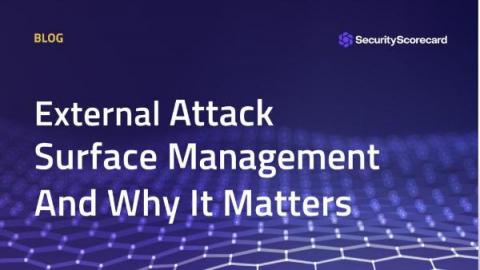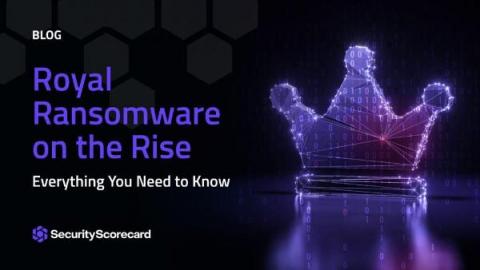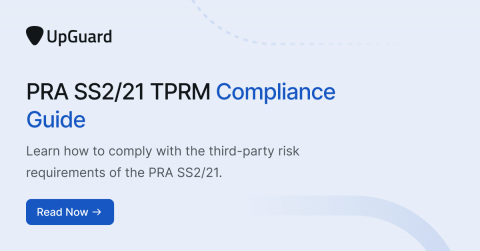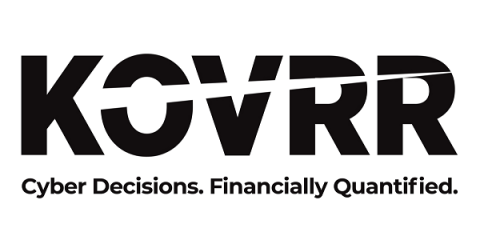Security | Threat Detection | Cyberattacks | DevSecOps | Compliance
Risk Management
Top 6 Cloud Insider Threats You Need To Be Aware Of
Cloud computing is the most cost-effective way to store and manage data and meet growing business demands today. However, the rapid rise of cloud usage means you need to stay alert to potential cloud security insider threats that can compromise your sensitive data and security posture. In this post, we discuss the insider threat landscape, explore several types of cloud insider threats, and examine the best practices to combat these threats.
A Guide to the Vendor Lifecycle Management Process (and How to Reduce Cyber Risk Along the Way)
The more technology your organization adopts, the more exposed it becomes to third-party risks. Consider these statistics: Organizations have responded to these risks by implementing robust third-party risk assessment procedures. However, a common mistake is to view vendor risk management as a one-time activity, typically conducted prior to onboarding a new vendor. Since third-party risks are constantly evolving, it's crucial to evaluate vendor security at every phase of the vendor lifecycle.
Why External Attack Surface Management Matters
Organizations face a growing number of external cyber threats that are becoming increasingly sophisticated and harder to detect. With the rise of remote work and cloud-based technologies, organizations’ attack surface has expanded significantly, making it difficult for security teams to maintain a strong defensive posture.
Royal Ransomware on the Rise: Everything You Need to Know
On March 2nd, the Federal Bureau of Investigation (FBI) and the Cybersecurity and Infrastructure Security Agency (CISA) issued a joint Cybersecurity Advisory (CSA) – #StopRansomware: Royal Ransomware. We highly encourage everyone in a security role to read the Advisory, as it contains recent and historically observed tactics, techniques, and procedures (TTPs) and indicators of compromise (IOCs) associated with Royal ransomware.
PRA SS2/21: A Third-Party RIsk Management Compliance Guide
In recognizing the growing impact of third-party risks on operational resilience, the Prudential Regulation Authority (PRA) has established new regulatory requirements in the areas of third-party risk management and outsourcing. The details were published in a Supervisory Statement that has been put into effect since March 2022.
Should Cyber Insurance Cover Ransomware Protection?
3CX Hack Alert: What You Need to Know
Software supply chain compromises are becoming an increasingly common tactic used by cyber criminals to infiltrate organizations. While the SolarWinds attack 3 years ago was the most infamous, these attacks are increasingly gaining in popularity among cyber attackers. This is because it is often easier to compromise a third-party vendor or supplier than it is to attack the organization directly.









